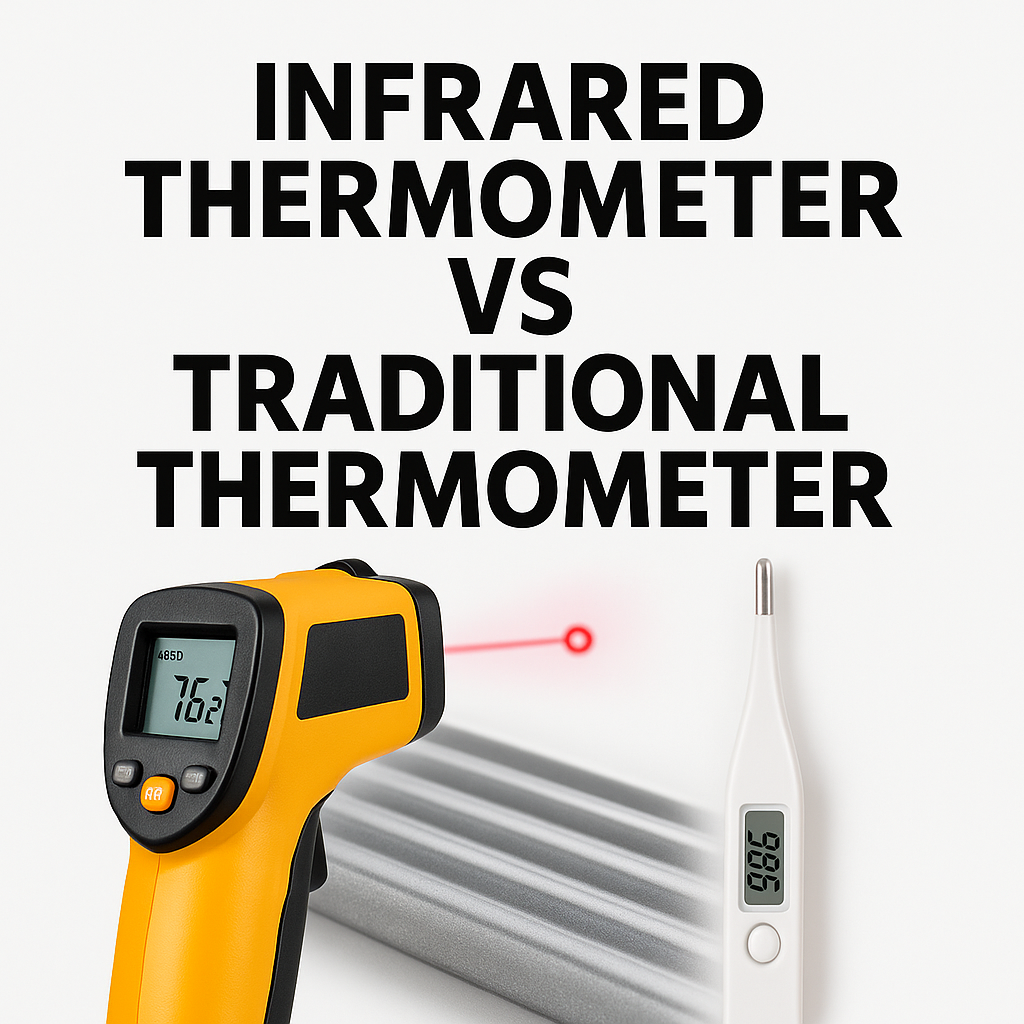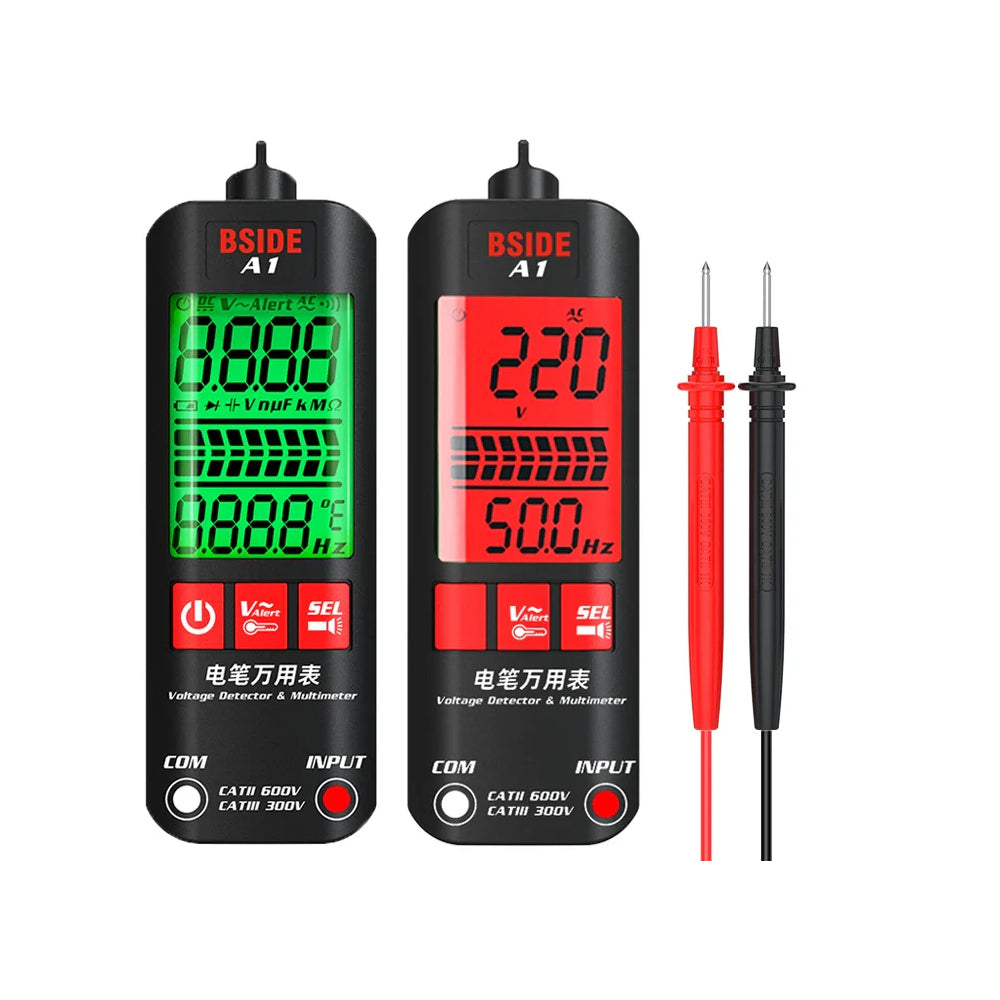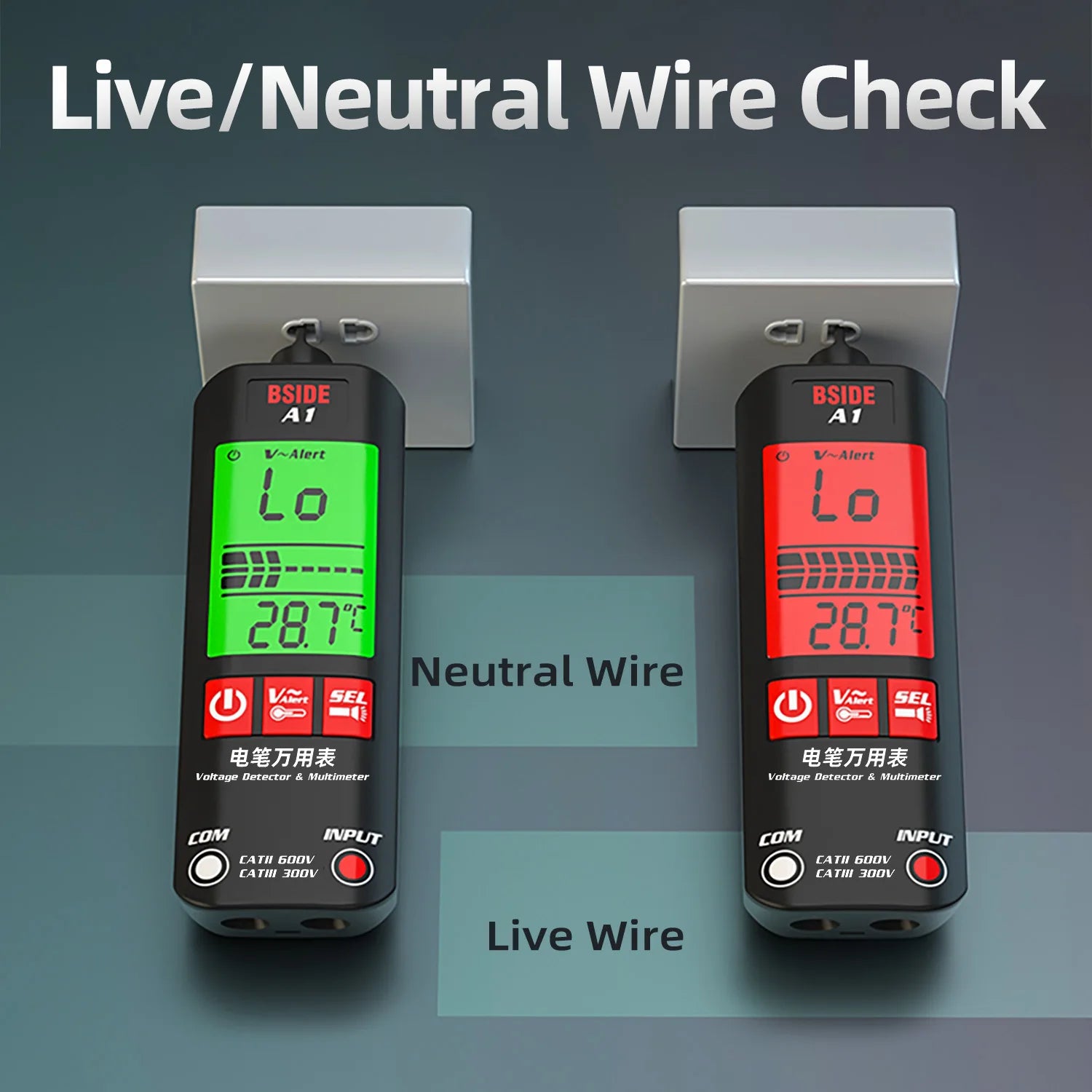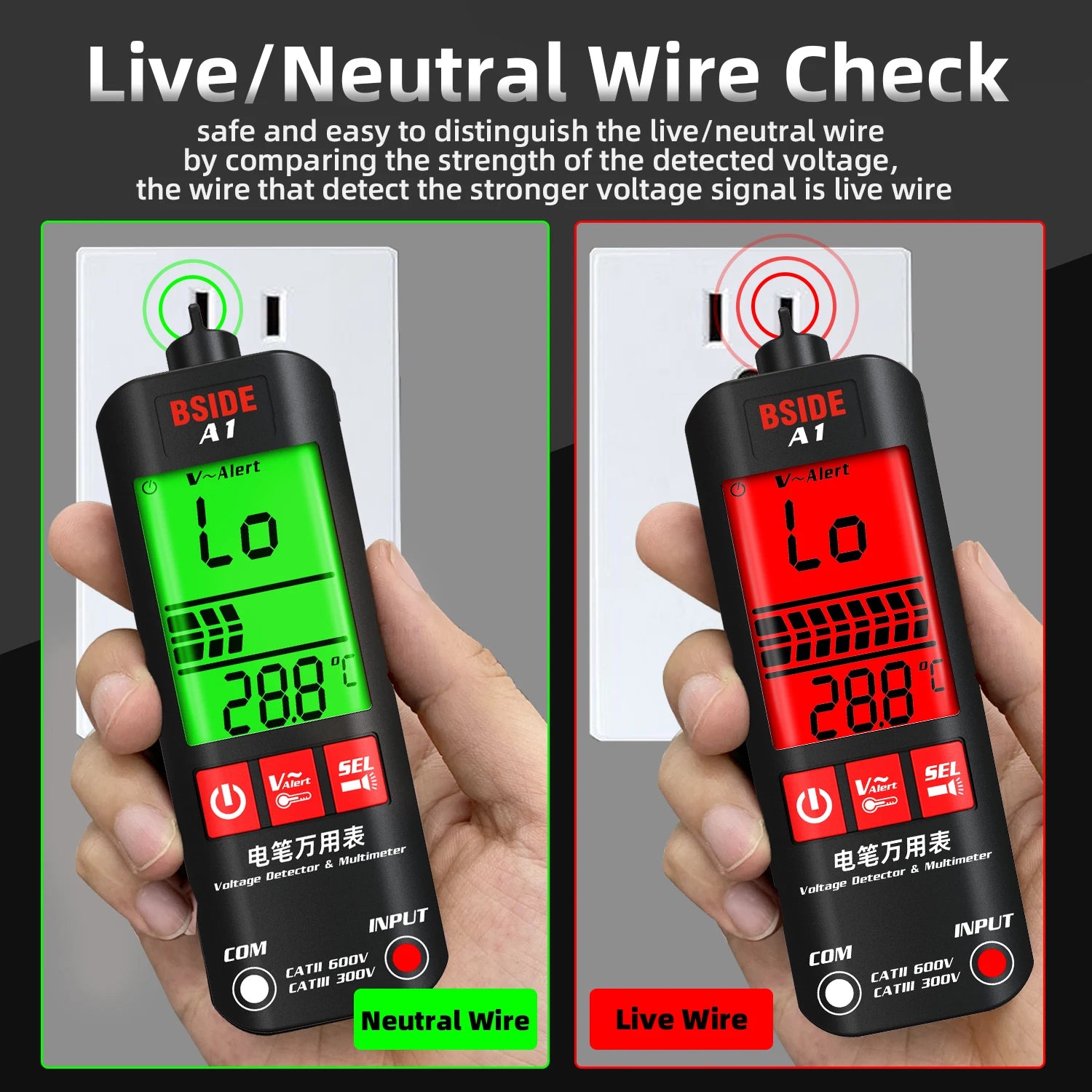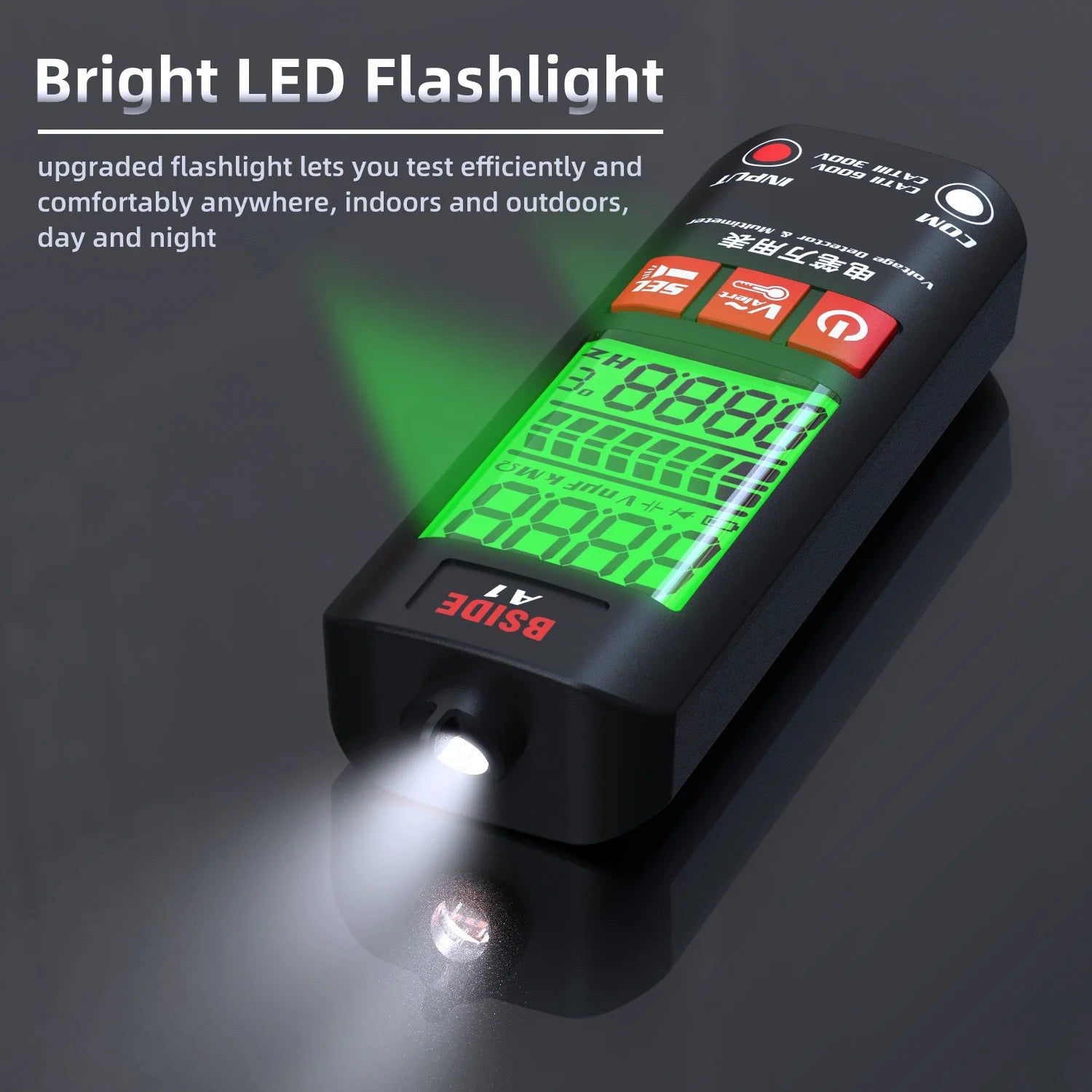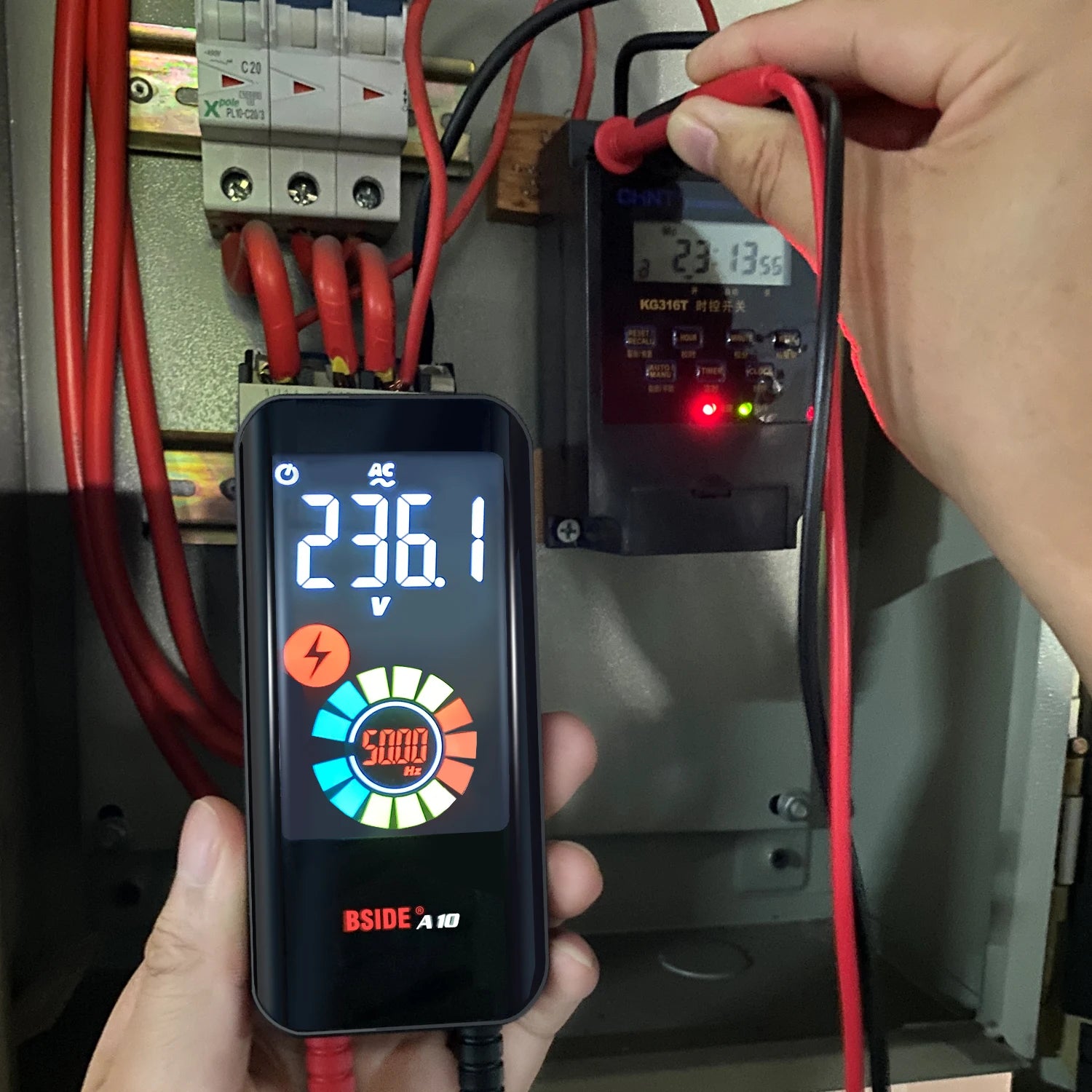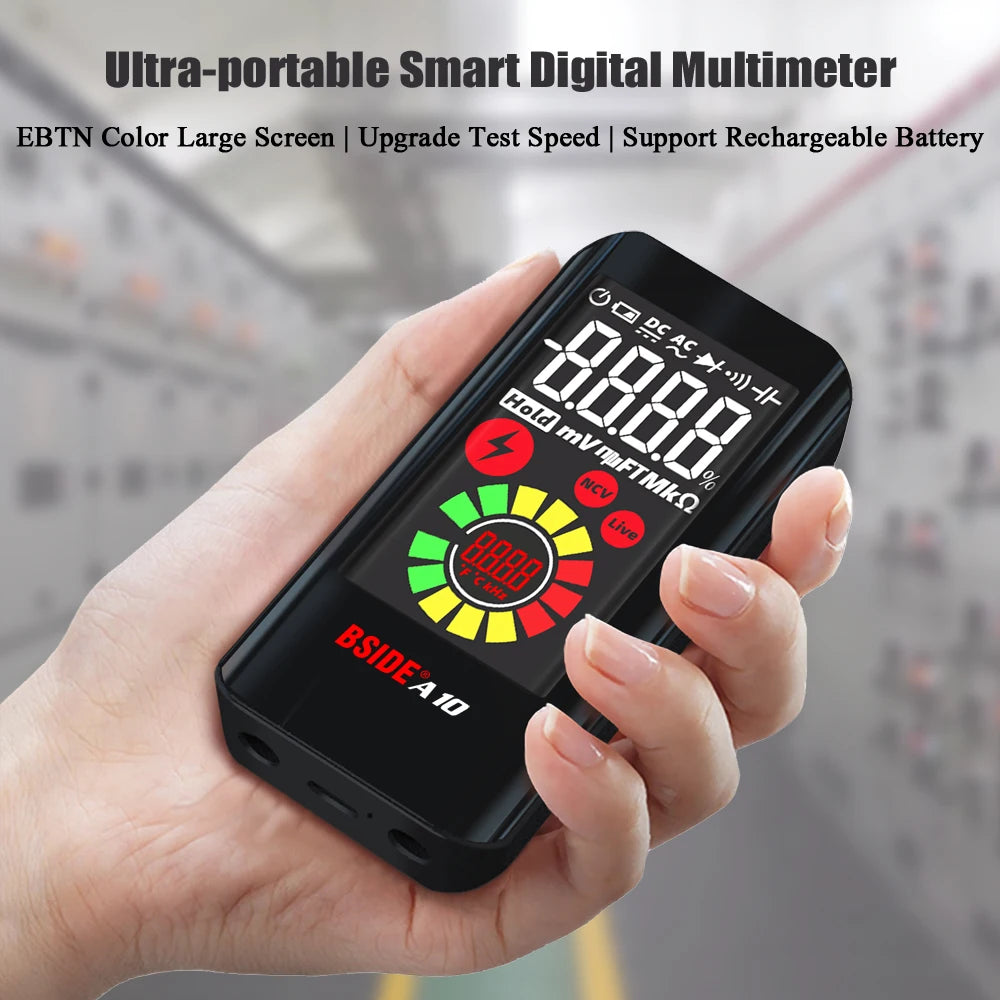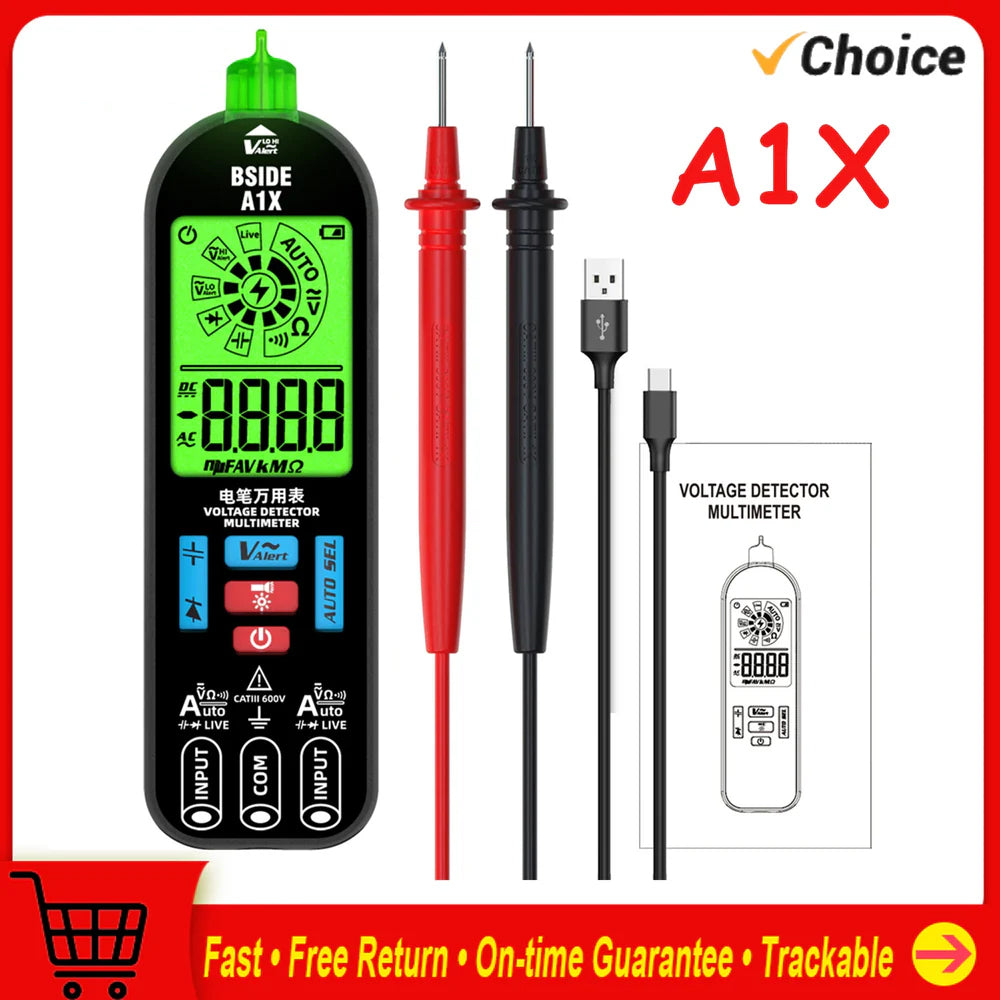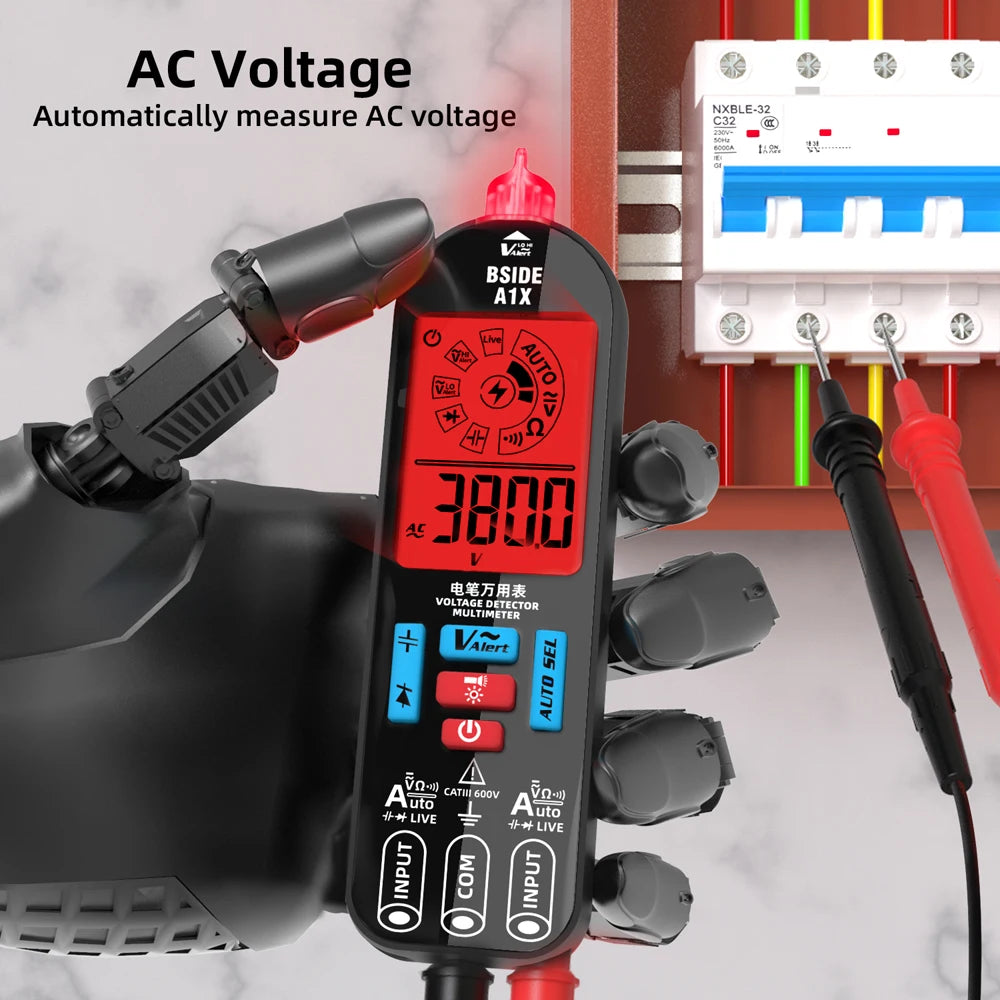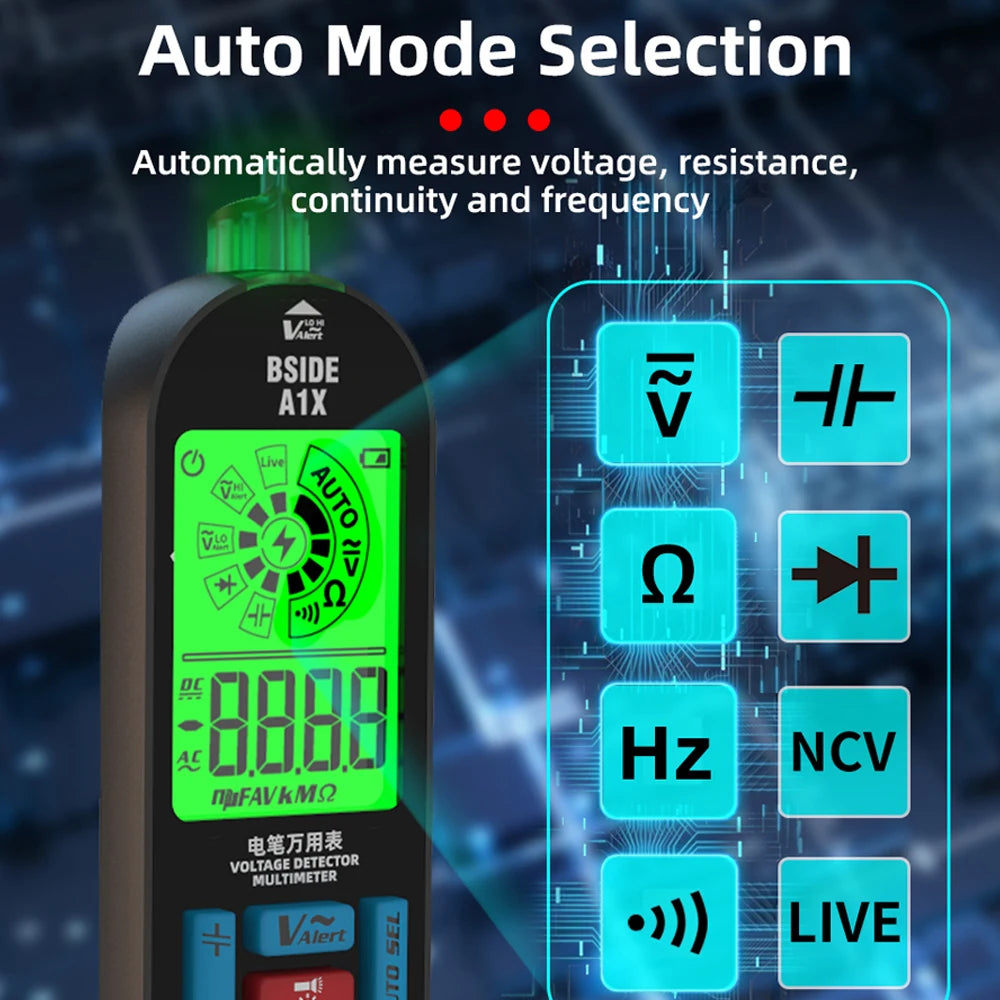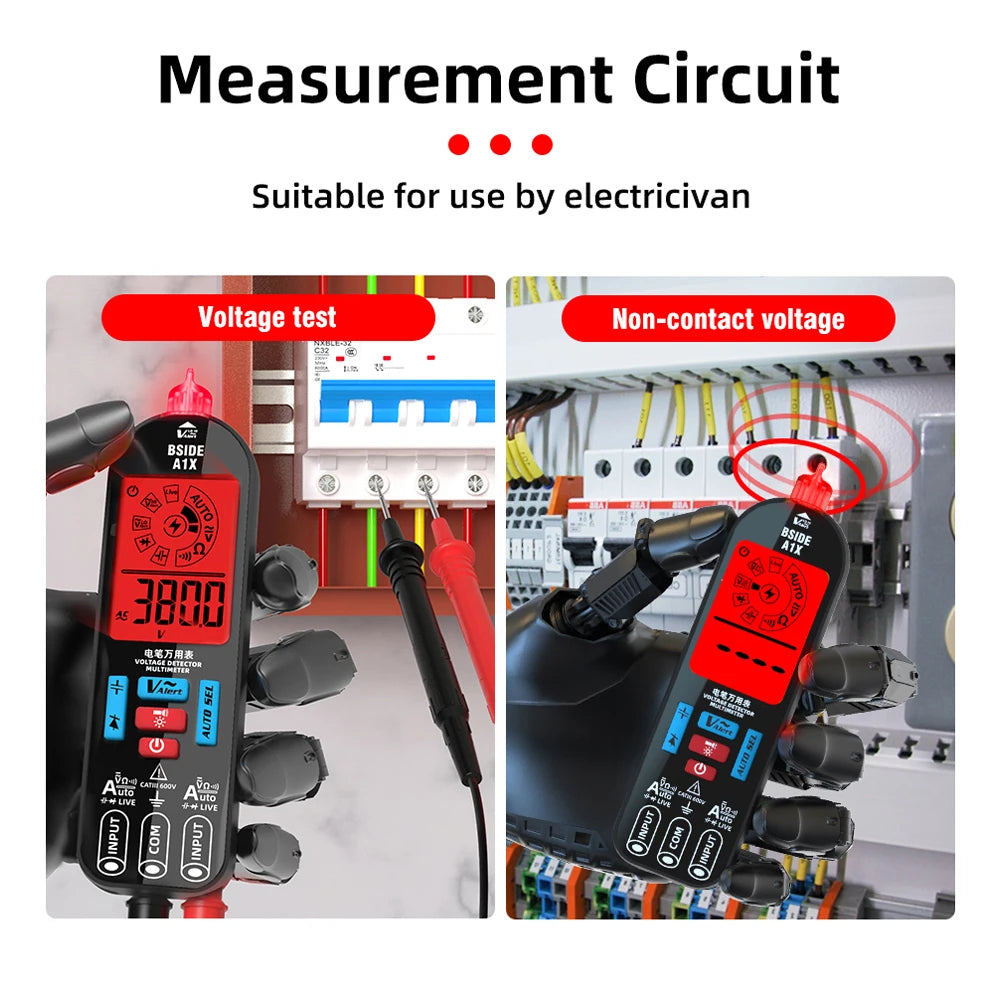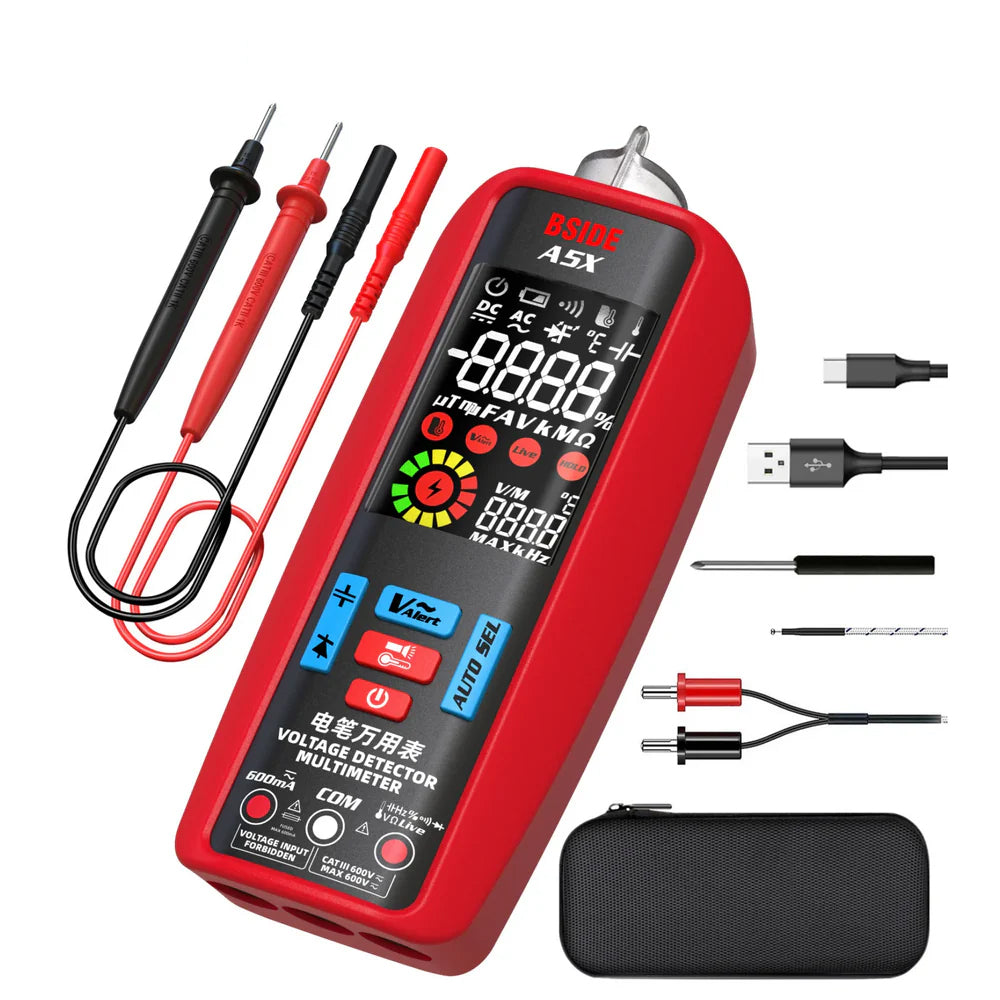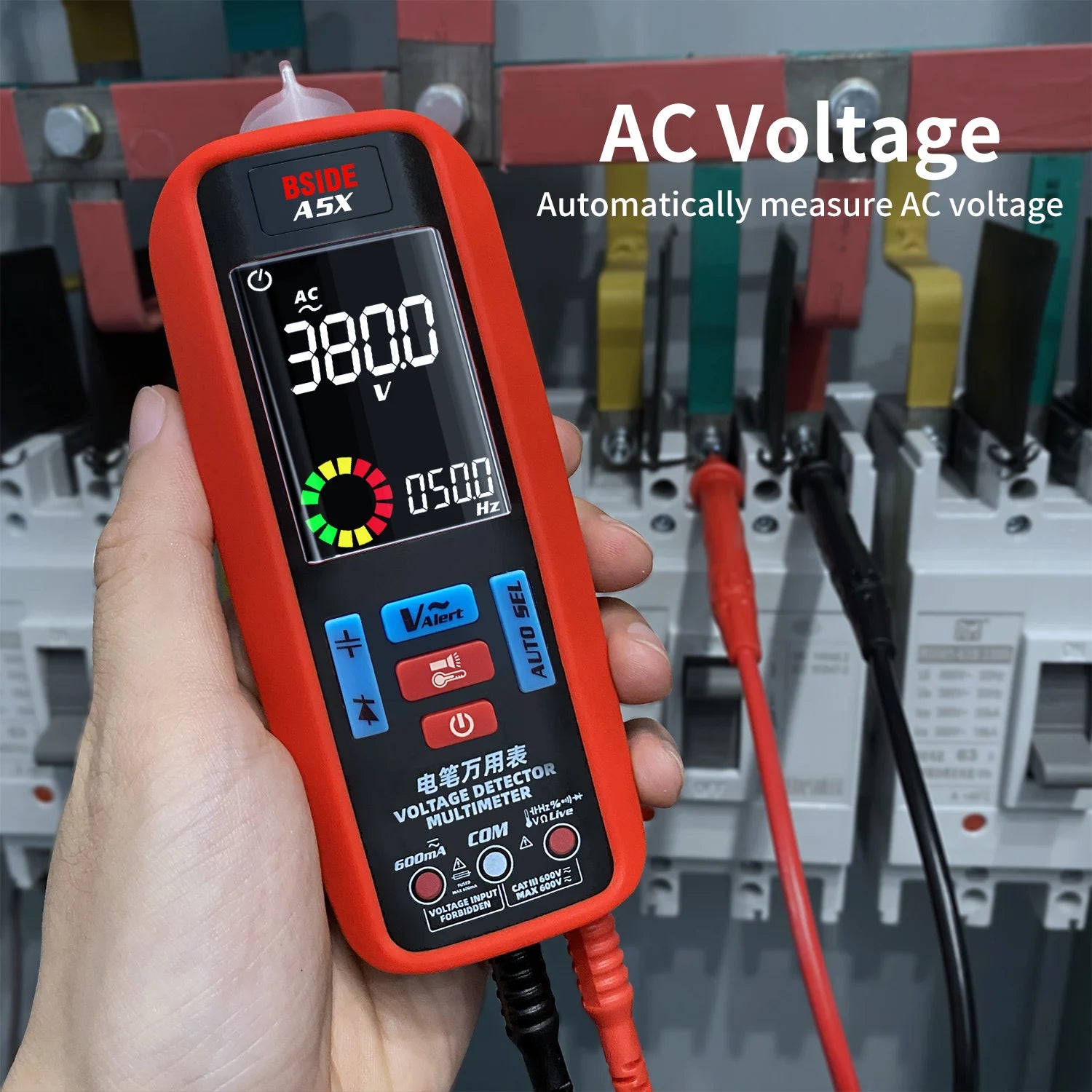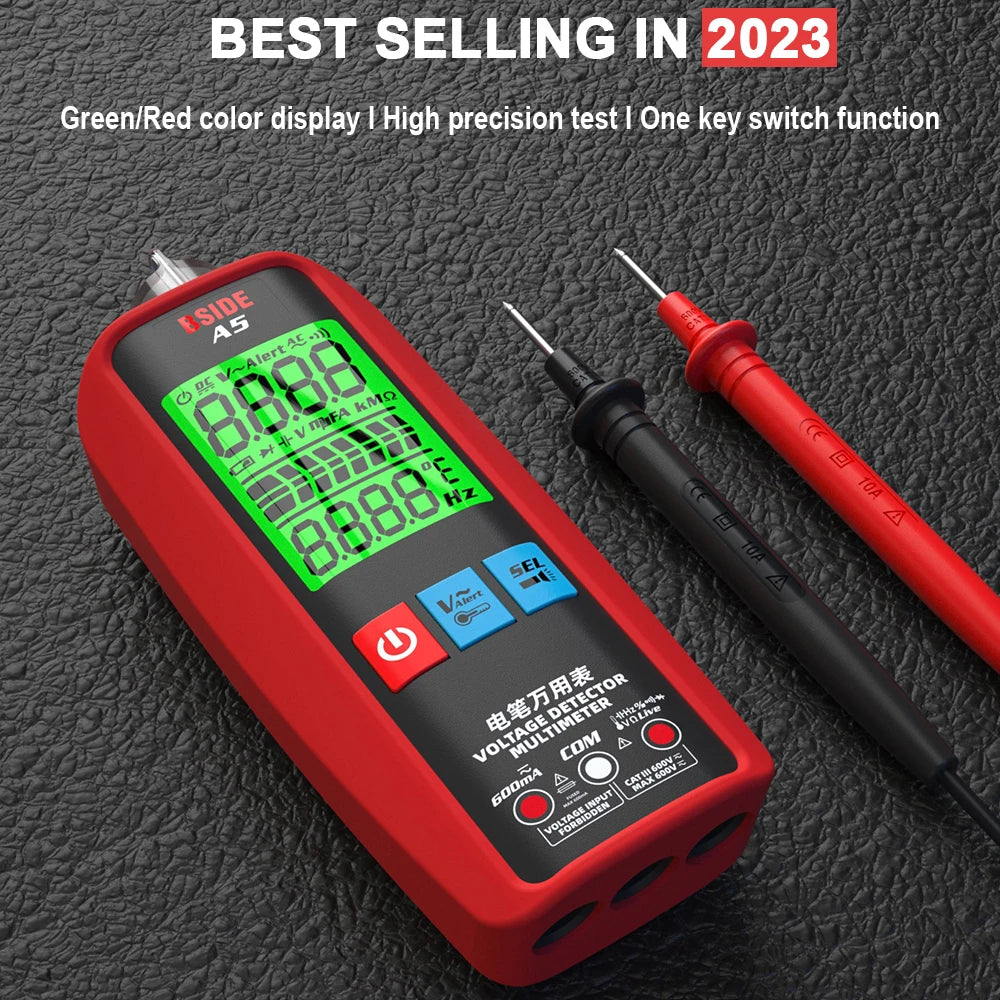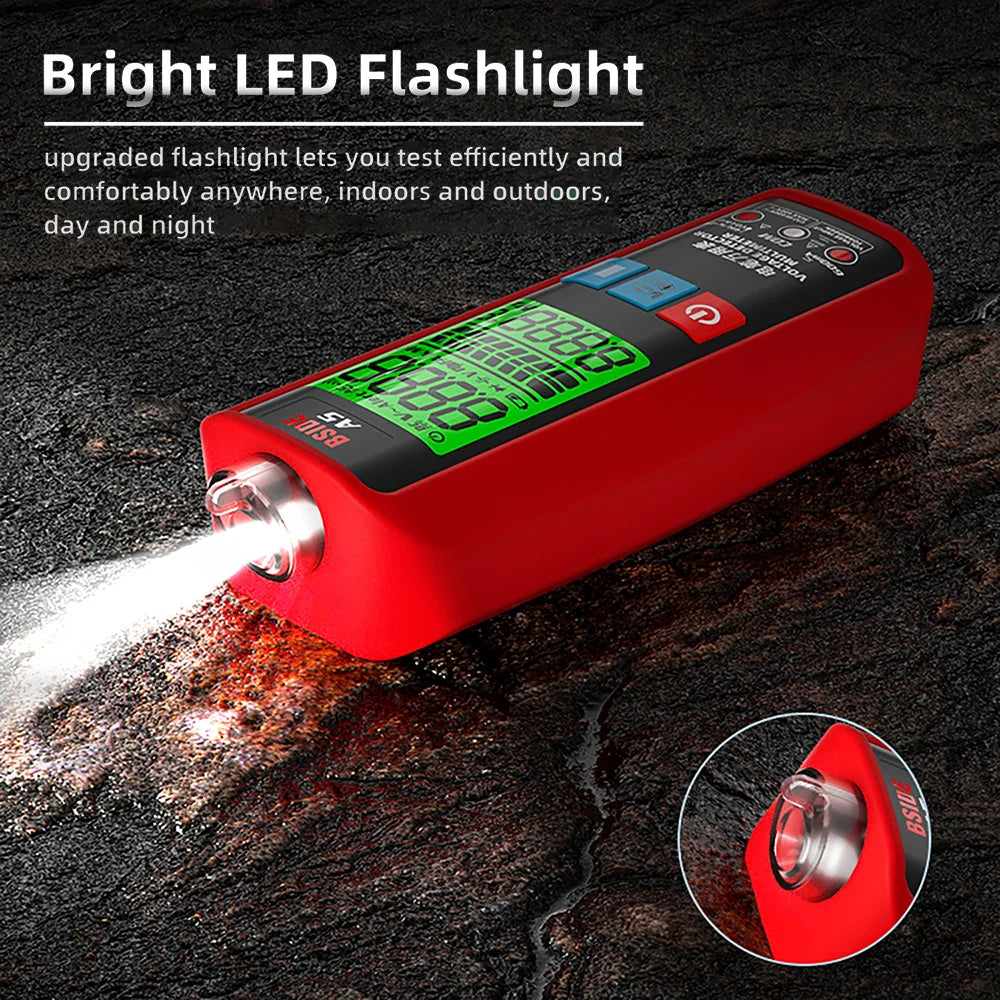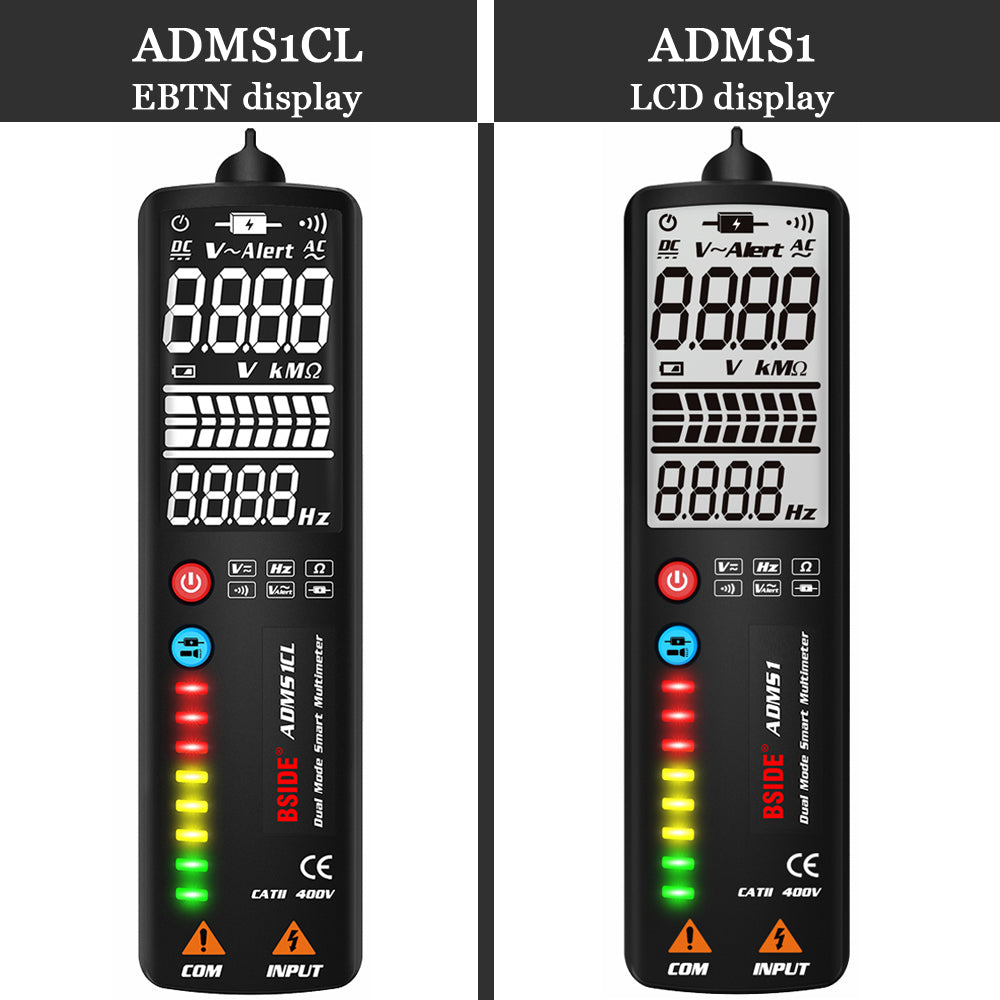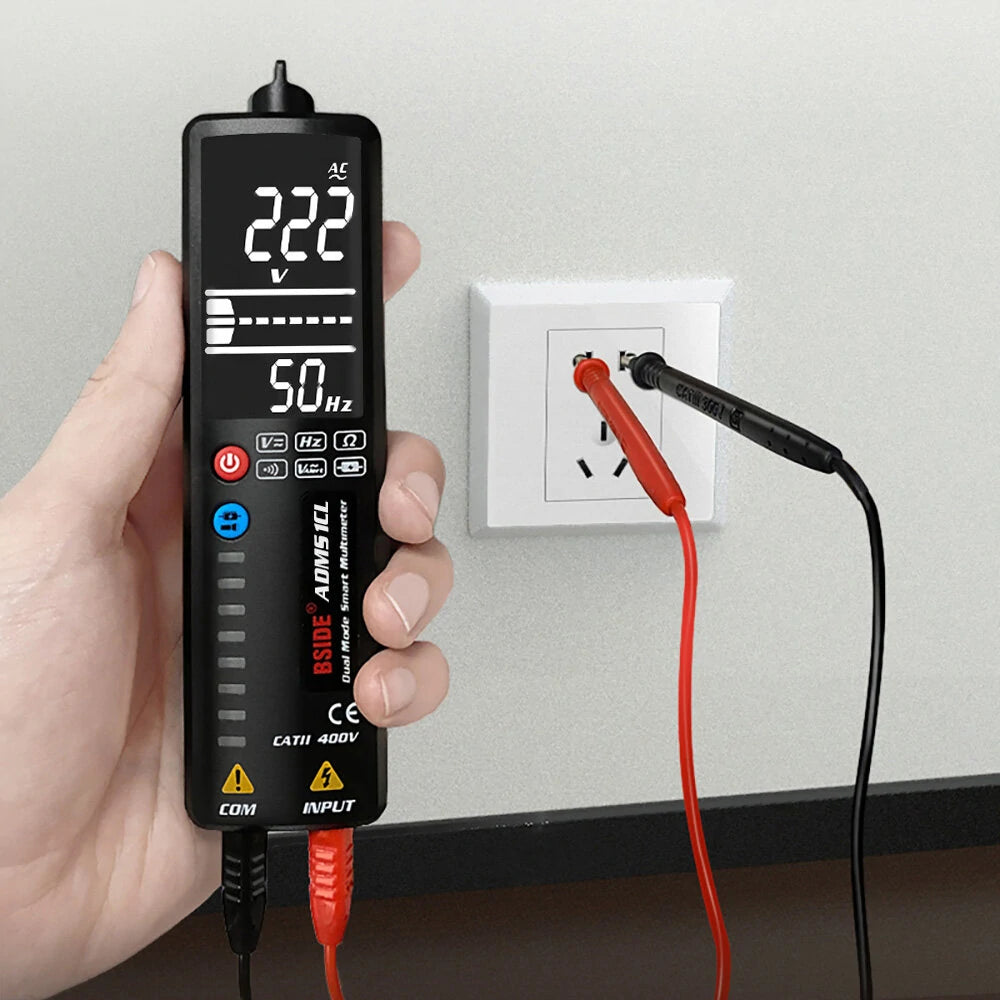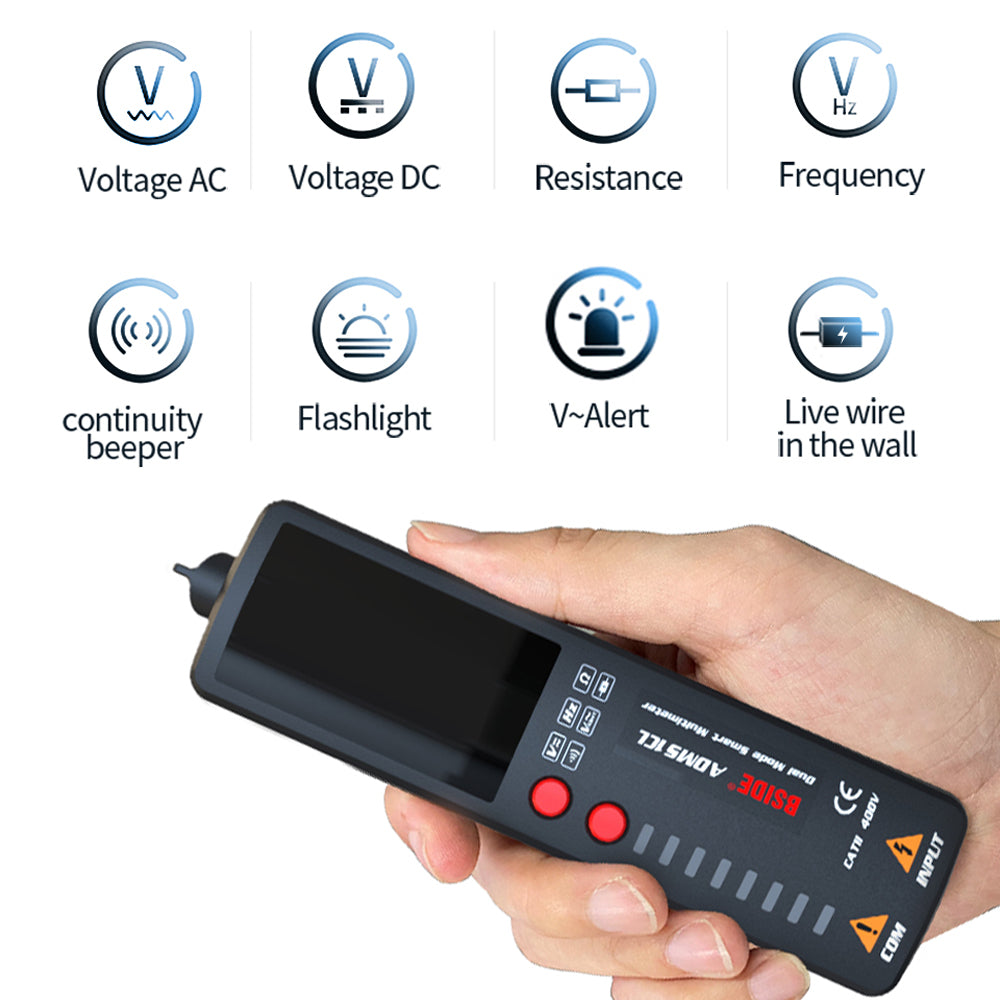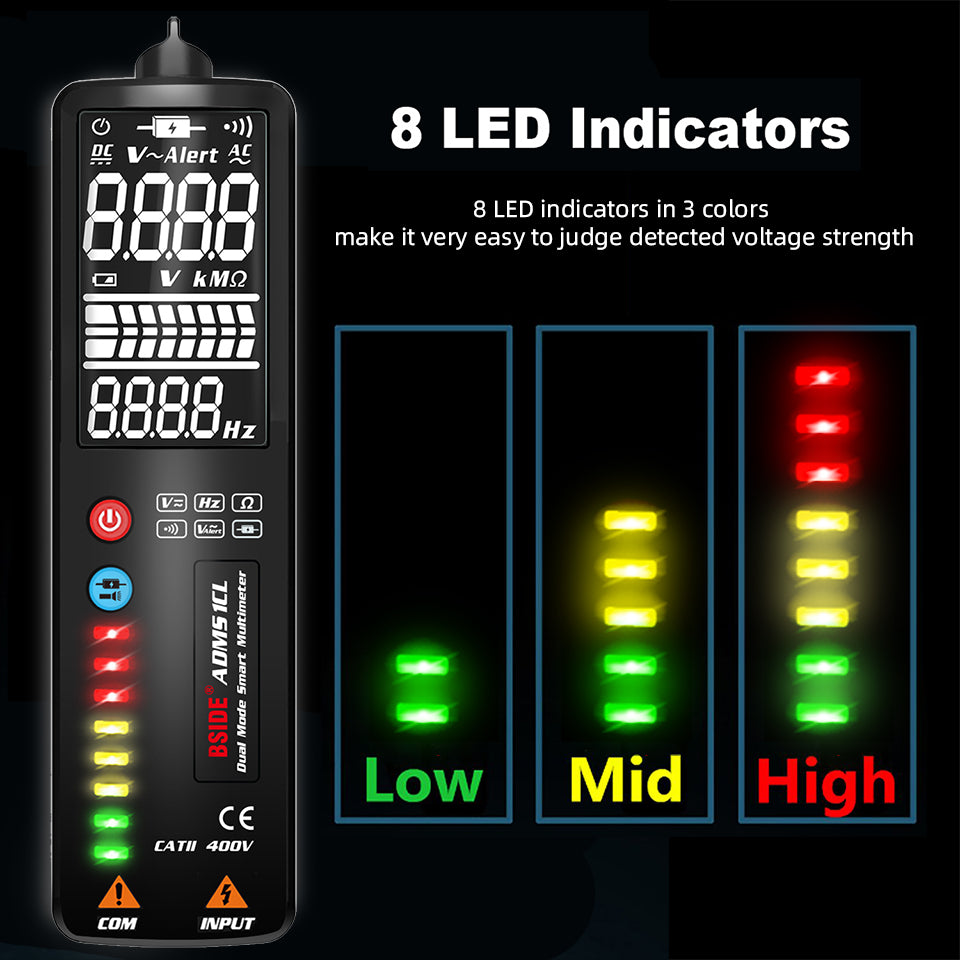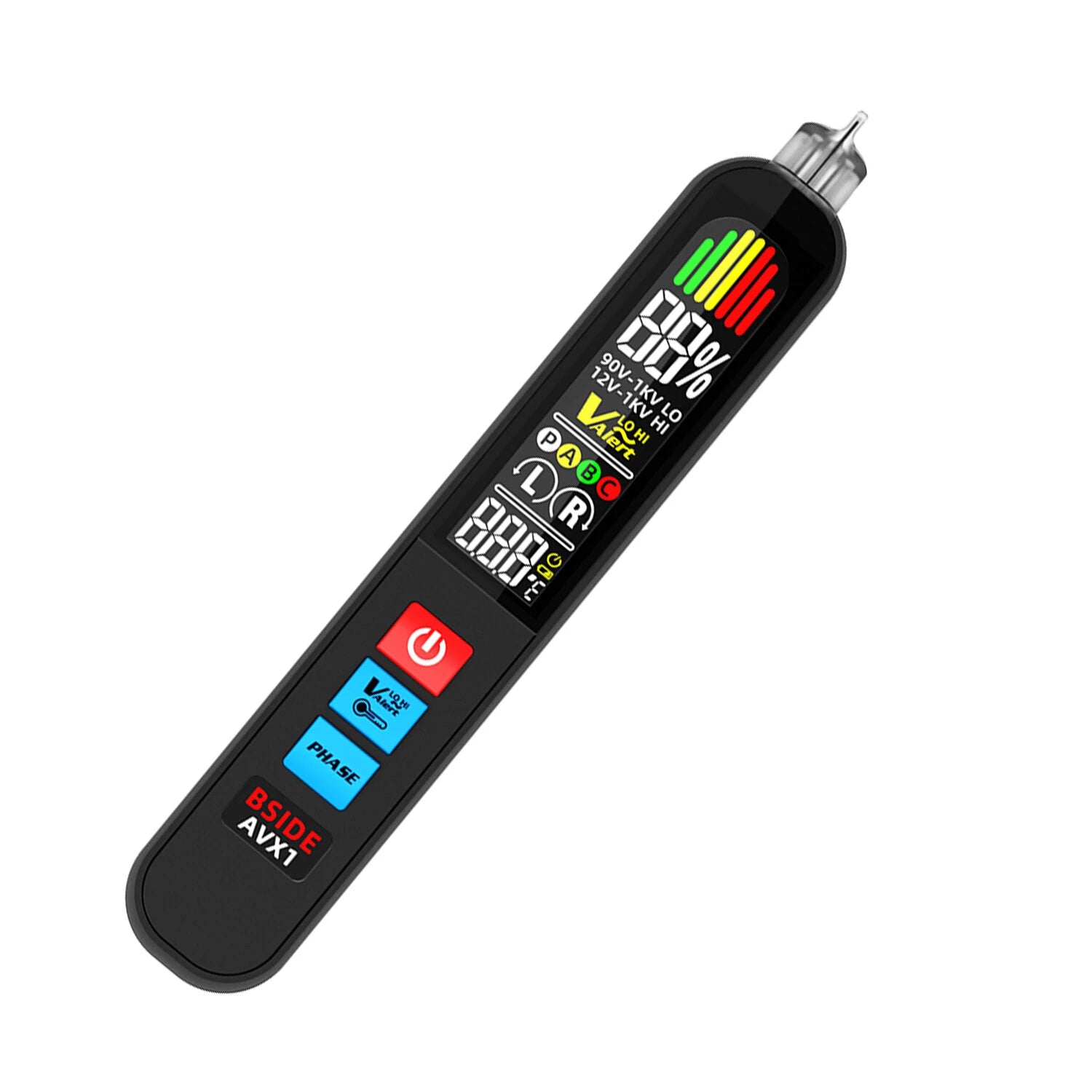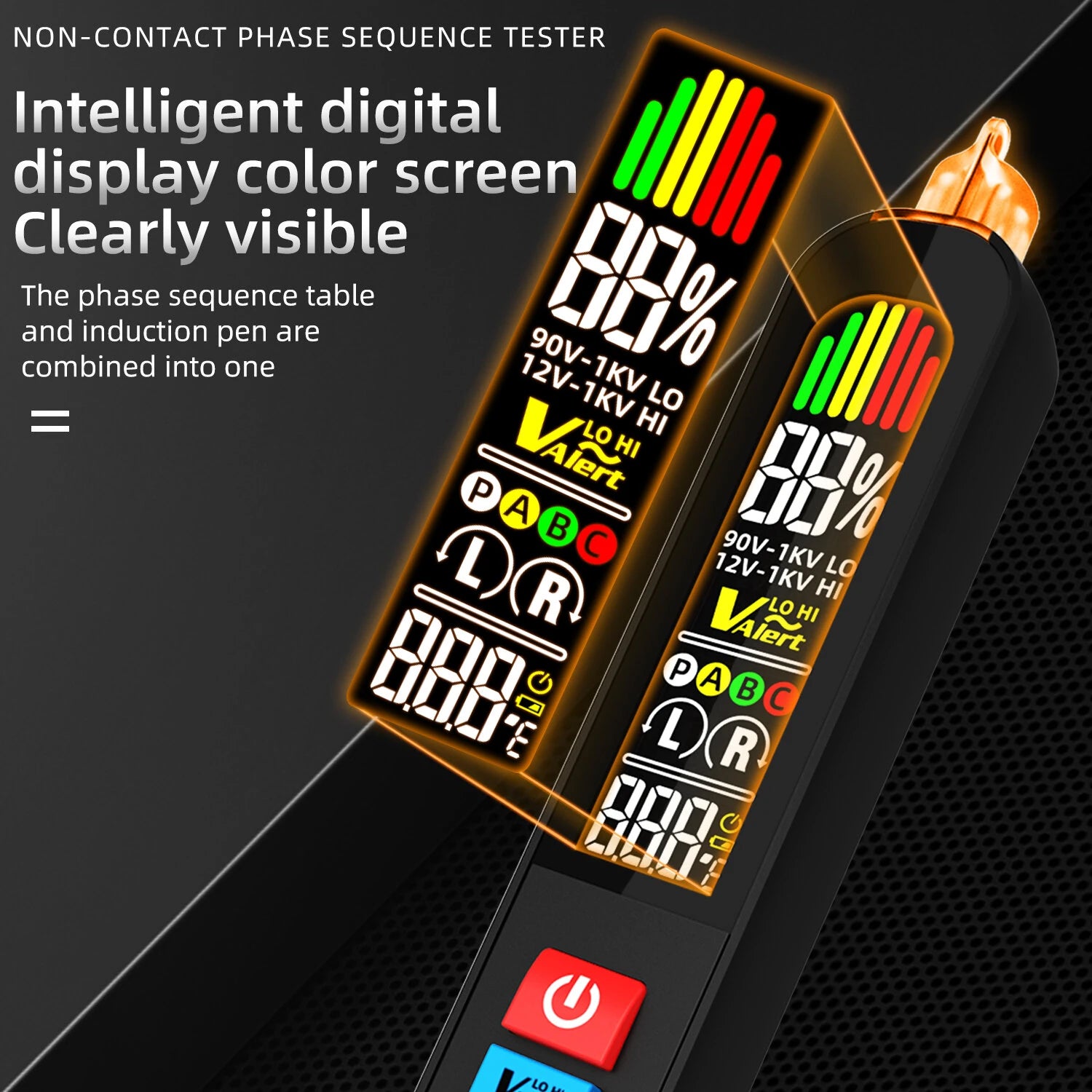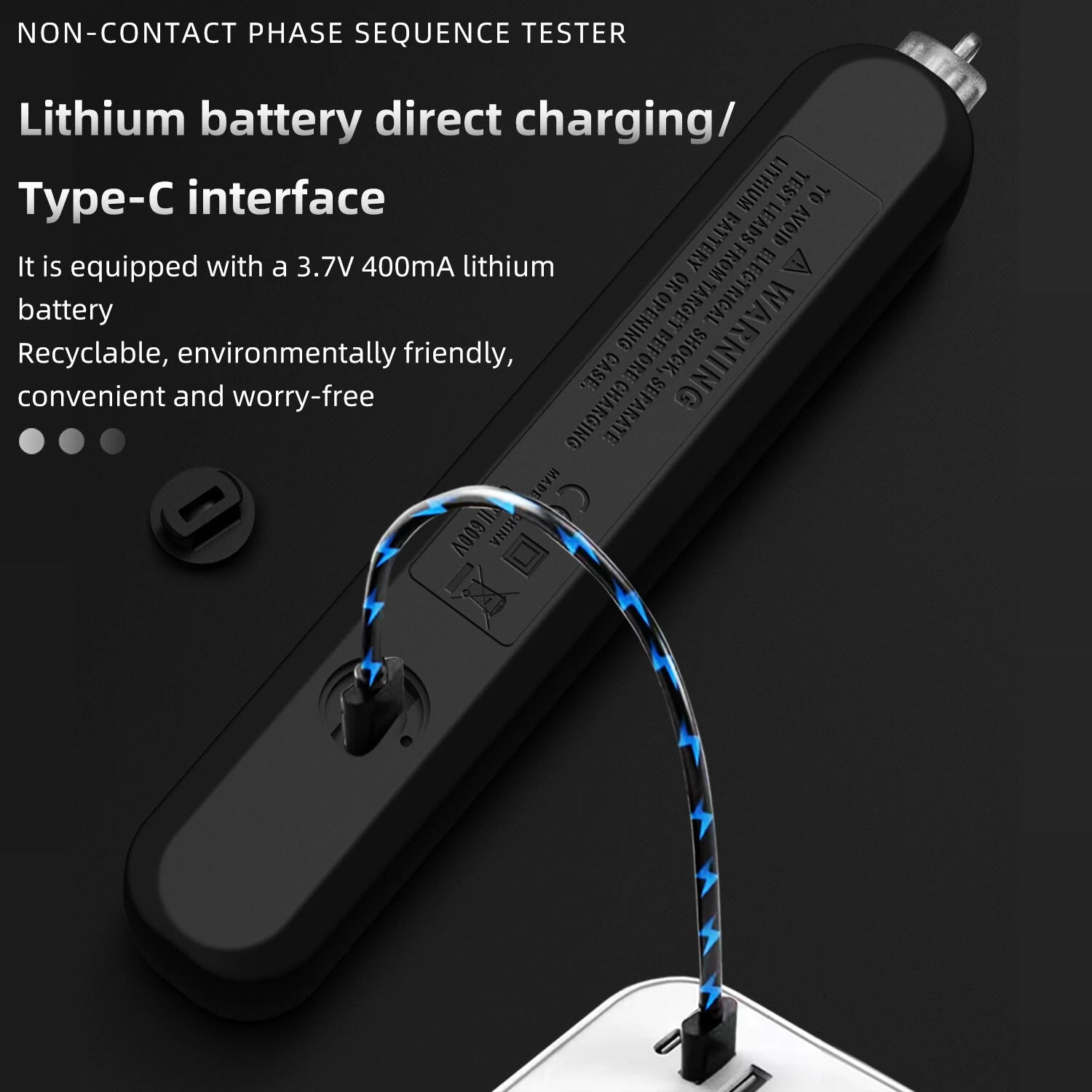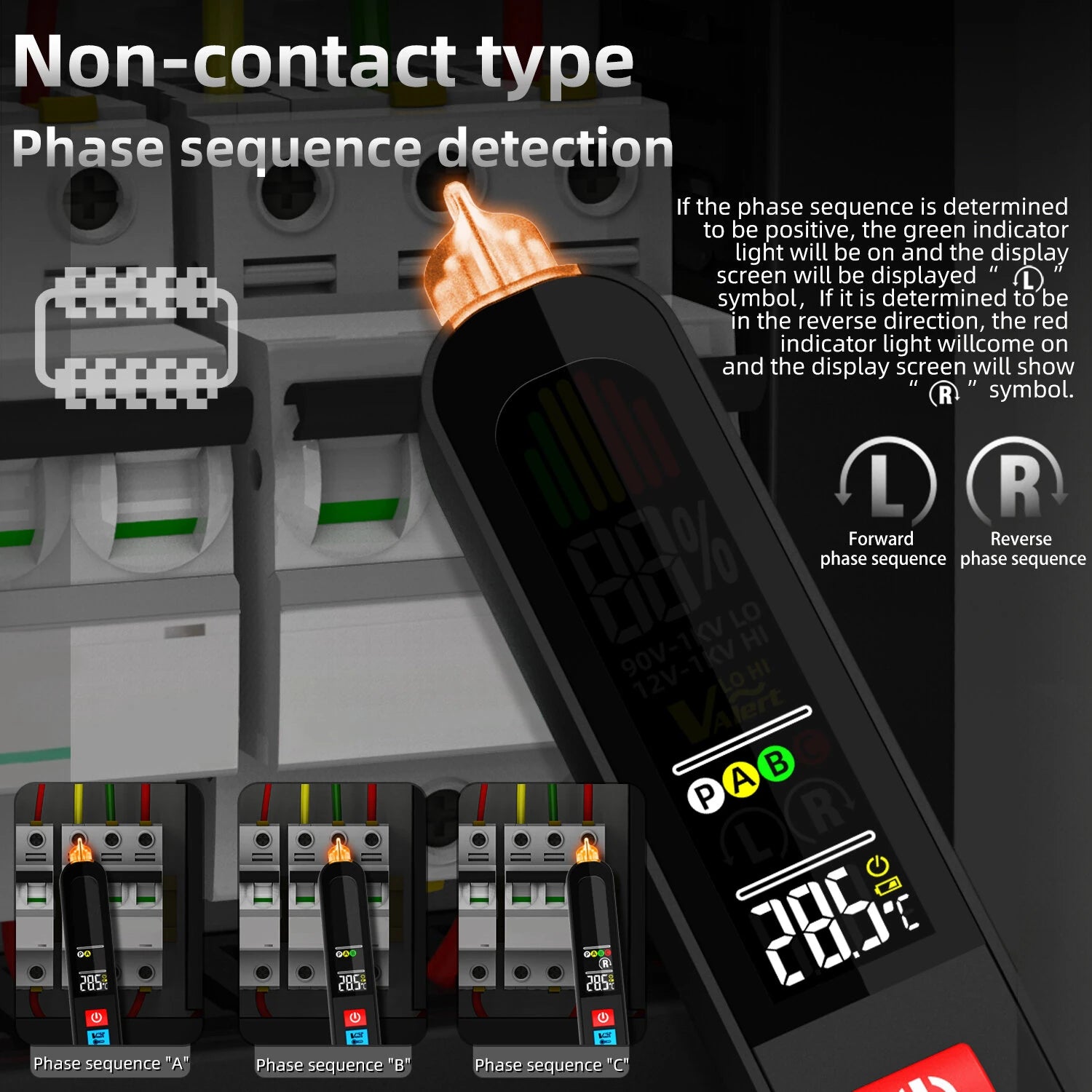🔍 Introduction
Thermometers are everywhere—from the kitchen to the clinic, and even your toolbox. But with the rise of infrared (IR) thermometers, many users are asking:
“Do I really need an infrared thermometer, or is a traditional one enough?”
Let’s break down the pros, cons, and use cases of both to help you choose the right tool.
🧪 What Is a Traditional Thermometer?
A traditional thermometer includes:
-
Mercury/Alcohol-based analog models
-
Digital contact thermometers (with metal probe or sensor)
These devices require physical contact with the surface or body to measure temperature.
✅ Common Uses:
-
Taking body temperature
-
Cooking (with probe thermometers)
-
Lab and clinical use
🔥 What Is an Infrared Thermometer?
An infrared thermometer uses infrared radiation to measure surface temperature without touching the object.
By simply aiming the device at a target and pressing the trigger, you get an instant temperature reading.
✅ Common Uses:
-
Cooking (surface and grill temps)
-
Electrical/electronics diagnostics
-
HVAC and industrial systems
-
Non-contact fever screening
-
Automotive temperature checks
🆚 Comparison: Infrared vs Traditional Thermometer
| Feature | Infrared Thermometer | Traditional Thermometer |
|---|---|---|
| Contact Required | ❌ No | ✅ Yes |
| Speed | ⚡ Instant (<1s) | 🕒 5–30 seconds |
| Safety (High Heat) | ✅ Safe from a distance | ❌ Potential burn risk |
| Accuracy (Body) | Moderate (±0.5°C typical) | High (±0.1–0.2°C) |
| Accuracy (Surface) | ✅ Excellent | ❌ Often not suitable |
| Best For | Surfaces, industrial, food | Medical, lab, core body readings |
| Limitations | Affected by reflectivity/emissivity | Needs full contact, slower |
🔧 Use Case Scenarios
🔹 For Fever or Medical Use:
-
Traditional Digital Thermometer is more accurate for internal or underarm temperature.
-
Infrared Thermometers (forehead type) are great for quick, non-contact screening.
🔹 For Cooking:
-
Infrared Thermometers are ideal for checking pan, grill, or oil temperatures
-
Use traditional probe thermometers for internal meat temps
🔹 For Electrical or HVAC:
-
Infrared Thermometers help you detect overheating components without opening panels or making contact.
🔹 For Industrial Safety Checks:
-
Use IR thermometers to scan motors, transformers, and machinery from a safe distance.
🏆 Recommended: BSIDE Infrared Thermometers
If you're looking for an accurate and affordable infrared thermometer, BSIDE offers several models tailored for both personal and professional use:
🔸 BSIDE AD-650 Infrared Thermometer
-
Instant readings from -50°C to 650°C
-
Adjustable emissivity for different surfaces
-
Built-in laser pointer for targeting
-
Lightweight and ergonomic
🔸 BSIDE S7 Pro (with multimeter)
-
Combines infrared thermal detection with smart multimeter functions
-
Ideal for electricians and HVAC technicians
✅ Conclusion: Which One Should You Use?
| Use Case | Recommended Thermometer |
|---|---|
| Check body fever | Digital contact thermometer |
| Quick surface scan | Infrared thermometer |
| Grill, stove, or frying | Infrared thermometer |
| Meat internal temp | Traditional probe thermometer |
| Electrical diagnostics | Infrared thermometer |
| Medical/lab use | Traditional thermometer |
Bottom Line:
If you need quick, hands-free temperature readings—especially for surfaces or dangerous environments—go infrared. For internal body temperature or precise medical readings, stick with traditional contact models.

